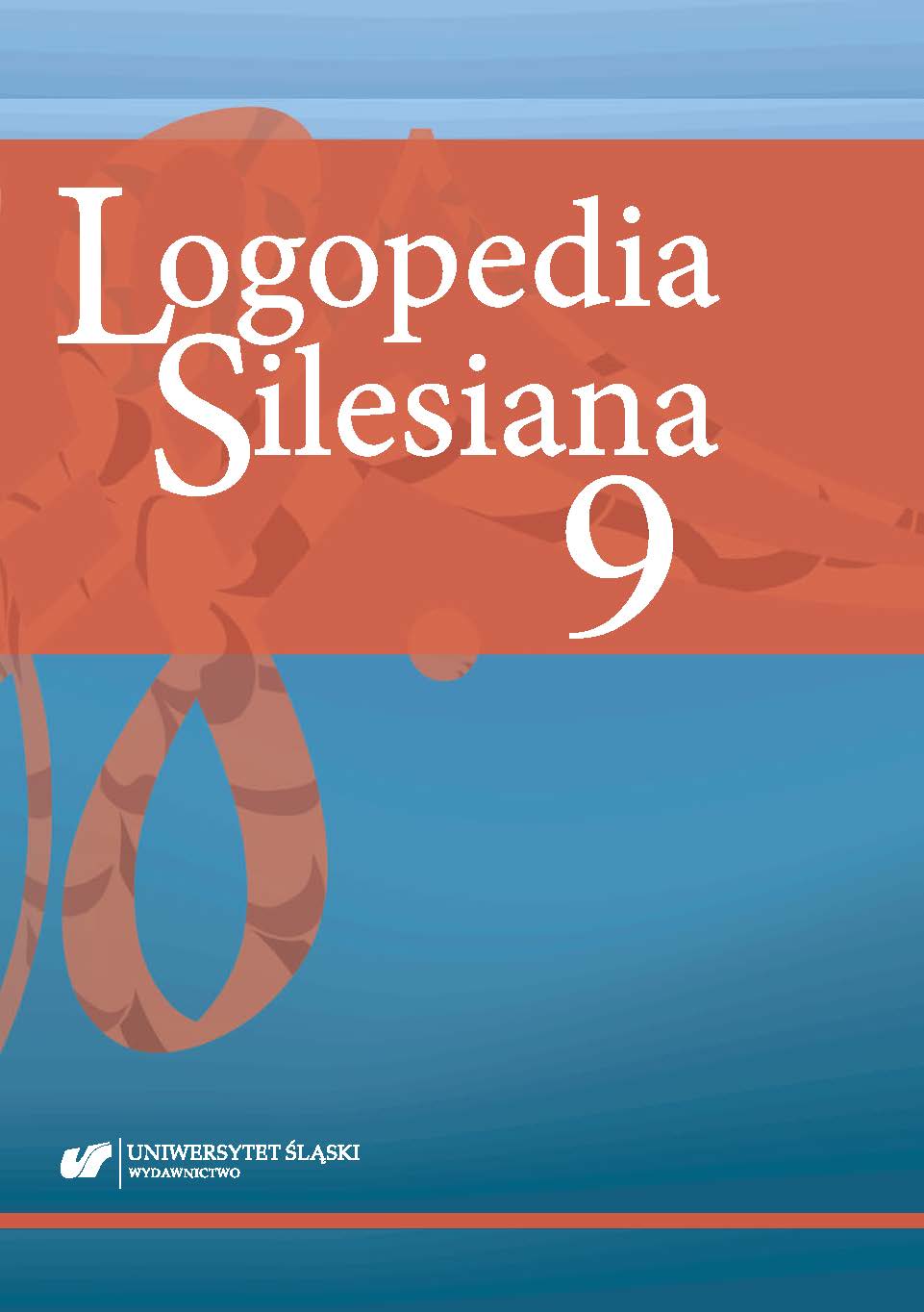American Heart Association. (2017). Heart disease and stroke statistics 2017 update. Retrieved from: https://www.ahajournals.org/doi/full/10.1161/CIR.0000000000000485.
Google Scholar
Banks, J.L., & Marotta, C.A. (2007). Outcomes validity and reliability of the modified rankin scale: Implications for stroke clinical trials: A literature review and synthesis. Stroke, 38, 1091–1096.
Google Scholar
Bhogal, S.K., Teasell, R., & Speechley, M. (2003). Intensity of aphasia therapy, impact on recovery. Stroke, 34, 987–993.
Google Scholar
Breitenstein, C., et al. (2017). Intensive speech and language therapy in patients with chronic aphasia after stroke: A randomised, open-label, blinded-endpoint, controlled trial in a health-care setting. Lancet, Apr 15, 389(10078), 1528–1538.
Google Scholar
Cherney L.R., Patterson, J.P., & Raymer, A.M. (2011). Intensity of aphasia therapy: evidence and efficacy. Current Neurology and Neuroscience Reports, 11, 560–569.
Google Scholar
Collin, C., Wade, D.T., Davies, S., & Horne, V. (1988). The Barthel ADL index: A reliability study. International Disability Studies, 10, 61–63.
Google Scholar
Dobkin, B.H. (2016). Behavioral self-management strategies for practice and exercise should be included in neurologic rehabilitation trials and care. Current Opinion in Neurology, 29(6), 693–699.
Google Scholar
European Stroke Organisation (ESO) Executive Committee; ESO Writing Committee. (2008). Guidelines for management of ischaemic stroke and transient ischaemic attack. Retrieved from: http://www.congrex-switzerland.com/fileadmin/files/2013/eso-stroke/pdf/ESO08_Guidelines_English.pdf.
Google Scholar
Firoz, A.M., Islam, M.S., Rumana, F.S., & Faruqui, F.(2017). Profile of stroke patients treated at a rehabilitation centre in Bangladesh. BMC Res Notes, 10(1),520.
Google Scholar
Grabowska-Fudula, B., Jaracz, K. & Górna, K. (2010). Zapadalność, śmiertelność i umieralność z powodu udarów mózgu – aktualne tendencje i prognozy na przyszłość. Przegląd Epidemiologiczny, 64(3), 439–442.
Google Scholar
Gunnes, M., et al. (2019). Adherence to a long-term physical activity and exercise program after stroke applied in a randomized controlled trial. Physical Therapy, 99(1), 71–85.
Google Scholar
Hankey, G.J., & Warlow, C.P. (1999). Treatment and secondary prevention of stroke: evidence, costs, and effects on individuals and populations. Lancet, 354,1457–1463.
Google Scholar
Hsieh, Y.W., Wang, C.H., Wu, S.C., Chen, P.C., Sheu, C.F. & Hsieh, C.L. (2007). Establishing the minimal clinically important difference of the Barthel index in stroke patients. Neurorehabilitation and Neural Repair, 21(3), 233–238.
Google Scholar
Klimkiewicz, P., et al. (2018). An assessment of the functional status in the neurorehabilitation of patients after ischemic stroke. Wiadomości Lekarskie, 71(2pt2), 271–277.
Google Scholar
Mahoney, F.I., & Barthel, D. (1965). Functional evaluation: The Barthel index. Maryland State Medical Journal, 14, 56–61.
Google Scholar
Marcolino, M.A.Z., et al. (2020). Effects of transcutaneous electrical nerve stimulation alone or as additional therapy on chronic post-stroke spasticity: Systematic review and Meta-analysis of randomized controlled trials. Disability and Rehabilitation, 42(5), 1–13.
Google Scholar
Olivier, C.L., Phillips, J., & Roy, D.E. (2018). To be or not to be? A caregiver’s question: The live experience of a stroke family during the first 18 months poststroke. Scandinavian Journal of Caring Sciences, Mar 32(1), 270–279.
Google Scholar
Pedersen, A.R., Petursson, H., & Hetlevik, I. (2018). Stroke follow-up in primary care: A prospective cohort study on guideline adherence. BMC Family Practice, 19, 179.
Google Scholar
Piskorz, J., Wójcik, G., Iłzecka, J., & Kozak-Putowska, D.(2014). Wczesna rehabilitacja pacjentów po udarze niedokrwiennym mózgu. Medycyna Ogólna i Nauki o Zdrowiu, 20(4), 351–355.
Google Scholar
Quinn, T.J., Langhorne, P., & Stott, D.J. (2011). Barthel index for stroke trials: Development, properties, and application. Stroke, Apr 42(4), 1146–1152.
Google Scholar
Robey, R.R. (1998). A meta-analysis of clinical outcomes in the treatment of aphasia. Journal of Speech, Language, and Hearing Research, 41, 172–187.
Google Scholar
Sarti, C., Stegmayr, B., & Tolonen, H. (2003). Are changes in mortality from stroke caused by changes in stroke event rates or case fatality? Results from the WHO MONICA project. Stroke, 34(8), 1833–1840.
Google Scholar
Schwamm, L.H., et al. (2005). Recommendations for the establishment of stroke systems of care: Recommendations from the American stroke association’s task force on the development of stroke systems. Stroke, 36(3),690–703.
Google Scholar
Wang, R., Zhang, T., & Langhammer, B. (2014). Activities of daily living and life satisfaction of persons with stroke after rehabilitation in China: A longitudinal descriptive study. Topics in Stroke Rehabilitation, Nov 26, 1–9.
Google Scholar
World Health Organization. (2001). International classification of functioning, disability and health (ICF): Short version. Geneva, WHO. Retrieved from: https://apps.who.int/iris/bitstream/handle/10665/42407/9241545429.pdf;jsessionid = 4CB380493F093CF01542B576F87B4E5B?sequence = 1.
Google Scholar


 https://doi.org/10.31261/LOGOPEDIASILESIANA.2020.09.20
https://doi.org/10.31261/LOGOPEDIASILESIANA.2020.09.20

 10.31261/LOGOPEDIASILESIANA
10.31261/LOGOPEDIASILESIANA